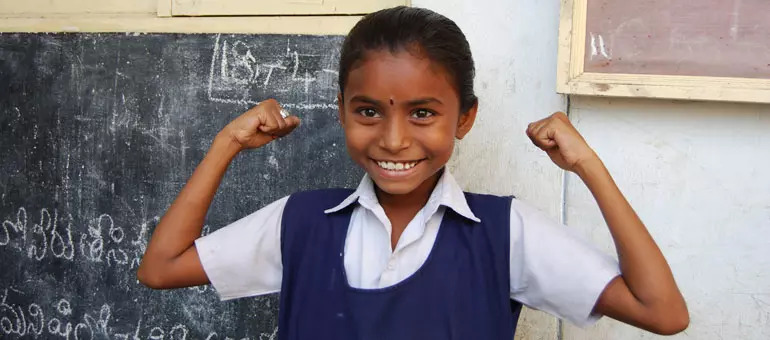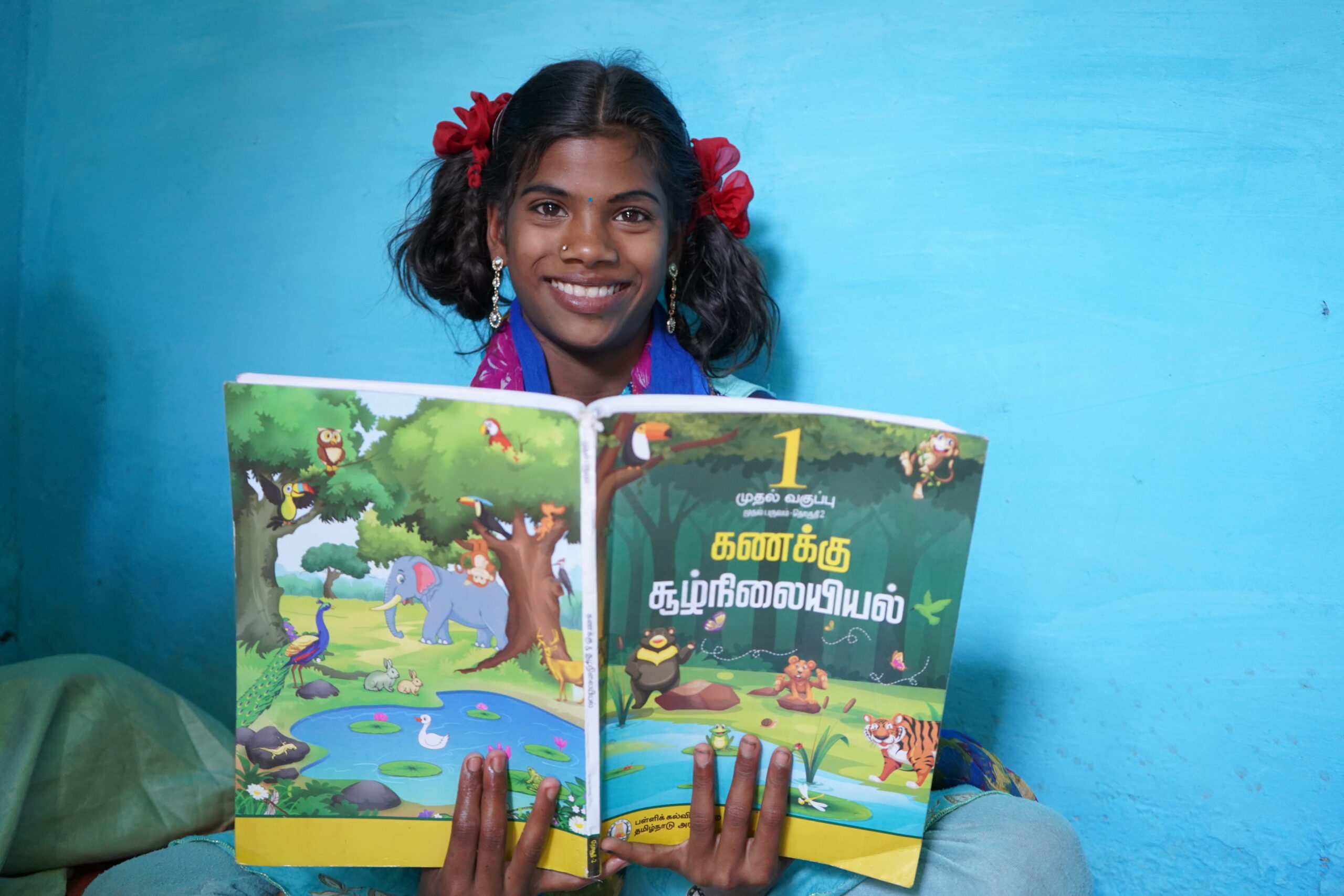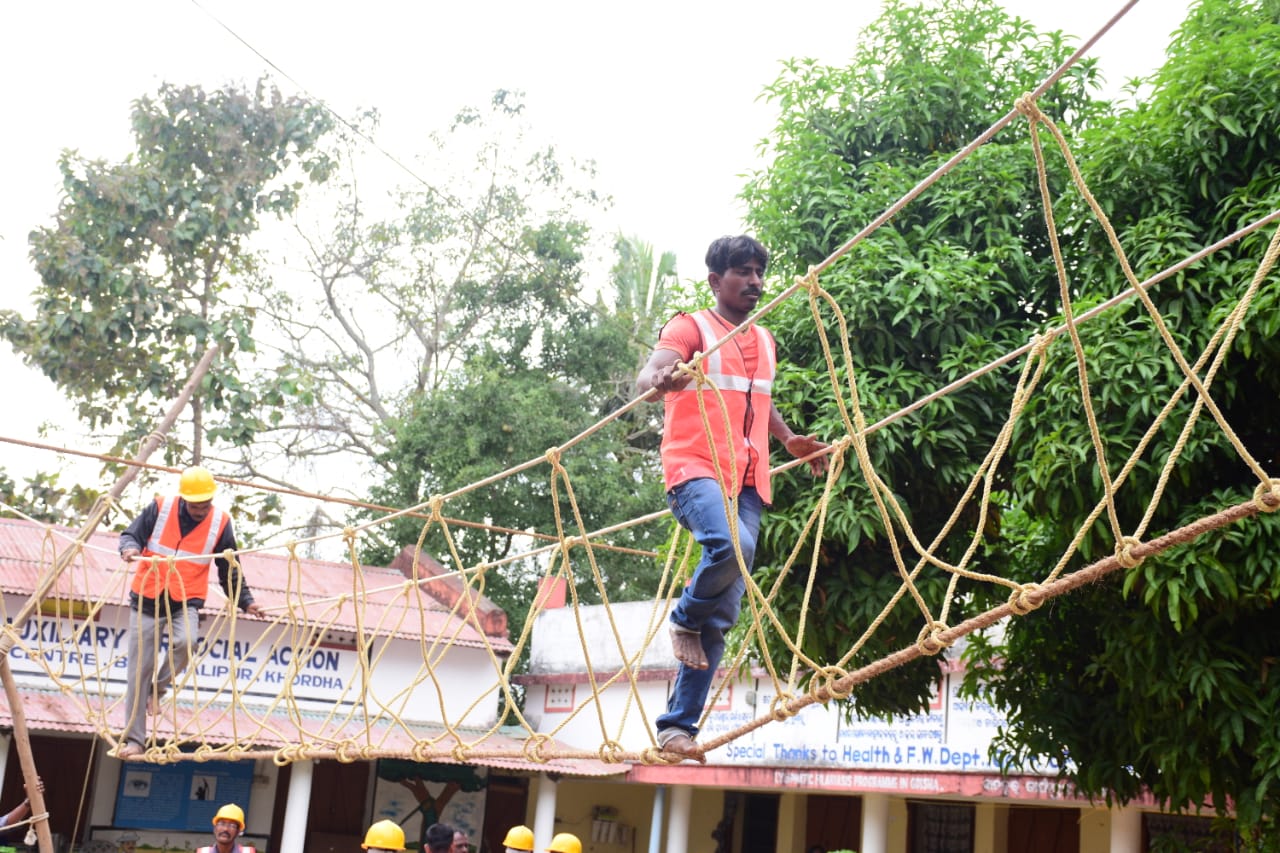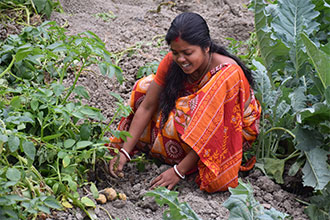CASA BLOGS

Safeguarding tomorrow’s future Child Nutrition and Sustainable Progress
Imagine a world where the human body’s delicate balance is disturbed!
Malnutrition, a sinister disorder is born from a delicate thread between too much and too little nourishment. This alarming concern is becoming a global crisis affecting millions of children across the globe. This ailment develops when your body receives either insufficient amounts of (undernourishment) or excessive amounts of (overnourishment) of the vital nutrients it needs to operate. In other words, it results from a lack of a healthy diet.
Moreso, malnutrition stunts, wilts, undernourishes, makes kids underweight or overweight, and has negative impacts on the body’s growth or shape.
The term “underweight” refers to a body weight that is too low to be regarded as healthy. It’s crucial to maintain the proper weight since being underweight compromises your immune system and makes you always weary and sluggish. Particularly in rural India, child health and nutrition is a serious problem.
Some of the most prevalent dietary problems affecting children are as follows:
Malnutrition: Poverty, insufficient nutritional intake, and poor sanitation are only a few of the causes of malnutrition. Stunted development and a compromised immune system can be consequences of malnutrition. Children are therefore more susceptible to illness.
Insufficient nutrition: Children in rural India frequently lack important nutrients like iron and vitamins, which can cause anaemia, stunt cognitive growth, and increase illness rates.
Lack of clean water: Children are especially vulnerable to waterborne illnesses in some rural parts of India because there is a shortage of access to safe drinking water.
Improper sanitation and hygiene: Children get sick as a result of poor sanitation and hygiene. However, due to the lack of a separate restroom for girls and sometimes no functional restrooms at all, young girls are unable to attend schools and are forced to drop out. Many of India’s health problems are correlated with persistent problems with poor sanitation and cleanliness.
Restricted access to medical care: India’s healthcare system as a whole has improved recently, but there is still work to be done. Access to healthcare facilities is constrained in certain rural locations due to socioeconomic and geographic factors. This makes identifying and treating dietary problems in kids as well as other widespread problems challenging.
Moreover, due to lack of resources, inadequate sanitation, and restricted access to healthcare, child nutrition in India especially rural areas struggle with a variety of dietary problems.
SIGNIFICANCE OF CHILD NUTRITION IN RURAL INDIA
Nutrition in rural areas, child sustenance proceeds to be one of the most pressing issues regardless of today’s noteworthy progress. The predominant wellbeing issues related to child lack of healthy sustenance and other related issues in these locales require encouraging exertion.
Here are some of the bones when child nutrition is incorporated into their well-being:
1. Advancement of children. Children require appropriate food to develop and create ordinarily, as well as to avoid ailing health, which can moderate development, disable cognitive advancement, and debilitate the resistant framework.
2. Superior Wellbeing. Diseases, ailments, and illnesses will decay as a result of empowering youths to eat strongly. This can be fundamental for avoidance in inaccessible districts with small therapeutic administrations.
3. Better concentration and scholastic execution are connected with legitimate slim down. Children who possess wellness are more likely to go to school, which improves participation and lowers dropout rates.
4. Create an economical world. Intergenerational starvation is made awful by further deterioration of children’s sustenance. As a result, it is pivotal to the economical development of rustic communities.
Sound sustenance specifically contributes to the financial development of rural communities. In rural India, it is critical to address the issue of child sustenance. This may be fulfilled through extending nutrient-dense nourishment, raising information of an adjusted count of calories, and advancing great cleanliness and sanitation propensities.
Furthermore, prioritising the well-being of children not only fosters their potential as valuable contributors to the society as a whole but also reshapes the destiny of rural communities.
Moreover, attaining the targets set by Sustainable Development Goal 3 (SDG3) will play a pivotal role in determining the trajectory of progress in these regions. In rural India, addressing and empowering nutrition is of utmost importance, and it has the potential to create a synergy that enhances productivity and propels sustainable growth
NUTRITION PROGRAMS BY THE INDIAN GOVERNMENT
India has begun the “Decade of Action.” It serves less than 10 years to meet the specified Sustainable development goals ( SDG’s)
Through collaborations with civil society, the commercial sector, and other stakeholders, the government is converting this into targeted initiatives.
To begin with, for nutrition in rural areas, a number of nourishment initiatives have been put in place to address the issue of undernutrition and related wellbeing issues in youthful children.
1. Services for the Integrated Development of Children (ICDS). The objective of the government-run ICDS program is to improve the well-being and wholesome condition of pregnant ladies and nursing moms, as well as children beneath the age of six. The program offers a range of coordinated administrations, such as antibodies, supplemental nutrition, health examinations, and instruction programs for the foremost distraught children and ladies. This inventive approach utilises an Anganwadi in each villa or urban ghetto as a central centre to achieve its objective.
2. Midday Snack. Children in India’s government-run and government-aided schools receive healthful, freshly prepared meals thanks to this initiative. Mid-Day Meals boost academic performance, lower dropout rates, and are good for kids’ nutrition.
3. Mission for National Rural Health. This initiative offers the rural population, particularly vulnerable populations like women and children, access to cheap, high-quality healthcare. The NHRM is a comprehensive umbrella program that assures action on health factors such social and gender equality, water and sanitation, education, and nutrition. It includes a variety of services, such as family planning, nutrition education, and maternal and child health care.
4. Cleanup India Campaign. Through this government program, rural regions’ sanitation and hygiene standards are raised. The Swachh Bharat Abhiyan’s goal is to raise awareness of the value of cleanliness, better hygiene, and sanitation practices. Everybody has access to basic sanitation amenities including toilets, liquid and solid waste disposal systems, clean villages, and safe and sufficient drinking water thanks to Swachh Bharat Abhiyan. This program improves children’s general health and nutrition while lowering the prevalence of waterborne illnesses.
5. Scheme for Adolescent Girl Empowerment (SABLA). Adolescent girls are the focus of this federally funded program’s development and empowerment efforts. SABLA targets teenage girls in rural regions with a variety of interventions, including nutrition education, health checks, and life skills education. It does this by concentrating on educational, nutritional, and health requirements and addressing numerous socio-legal challenges.
Moreover, The Special Nutrition Program (SNP), Wheat Based Nutrition Program (WNP), Applied Nutrition Programs (ANP), Balwadi Nutrition Program (BNP), National Nutritional Anaemia Prophylaxis Program (NNAPP), National Program for Prevention of Blindness due to Vitamin A Deficiency, and National Goiter Control Program (NGCP) are a few additional government-sponsored initiatives for nutritional support for rural kids. These child-centred treatments will significantly improve the nutritional condition of young children in rural India. Taking care of a young child’s nutrition helps to guarantee that they grow up healthy and mature into contributing members of society.
CASA: WORKING FOR SUSTAINABLE RURAL DEVELOPMENT
Since then, CASA has advocated for rural development in India that is sustainable and community-led. With program areas including Water Management, Agriculture Development, Local Participation, and Sustainability, as well as Child Welfare and Education Programme, we develop sustainable initiatives to solve rural India’s most pressing needs. These initiatives are backed by an expert research team that conducts impact evaluations, participatory research, and interactive discussions to identify the best course of action for achieving long-lasting effects.
The Local Participation and Sustainability Program works with rural communities to enhance knowledge of preventive and corrective healthcare, promote excellent hygiene and sanitation in villages. Additionally, promoting the adoption of safe hygiene practices through behaviour-change initiatives for nutrition in rural areas.
 Previous Blog Post Catalysing Change
Previous Blog Post Catalysing Change Millet: From the change in old food to our modern existence
Millet: From the change in old food to our modern existenceFeatured Post

Empowering Rural Education in India:
14 Mar 2024
Introduction: In the vast tapestry of India, education is the key to unlocking the door to a brighter future. However, the challenge of providing quality education to the rural parts of the country persists. In this blog post, we will delve into the crucial role that Non-Governmental Organizations (NGOs) play in bridging the educational gap […]

Empowering the Future: Disaster Management Training for School Children in Disaster-Prone Areas
22 Feb 2024
Introduction: In the face of increasing natural disasters worldwide, it becomes imperative to equip our younger generation with the knowledge and skills necessary to handle emergency situations. Children, being one of the most vulnerable groups during disasters, can greatly benefit from disaster management training. This blog explores the significance of imparting such training, with a […]

Empowering Women: Transforming Lives Through Sustainable Livelihoods in Rural India
16 Feb 2024
Introduction: In the heart of rural India, a silent revolution is taking place as women embrace newfound opportunities for sustainable livelihoods. This transformation not only uplifts individual lives but also contributes to the overall development of communities. At [Your Organization’s Name], we are committed to driving positive change by providing women in rural India with […]



Leave a Reply
You must be logged in to post a comment.